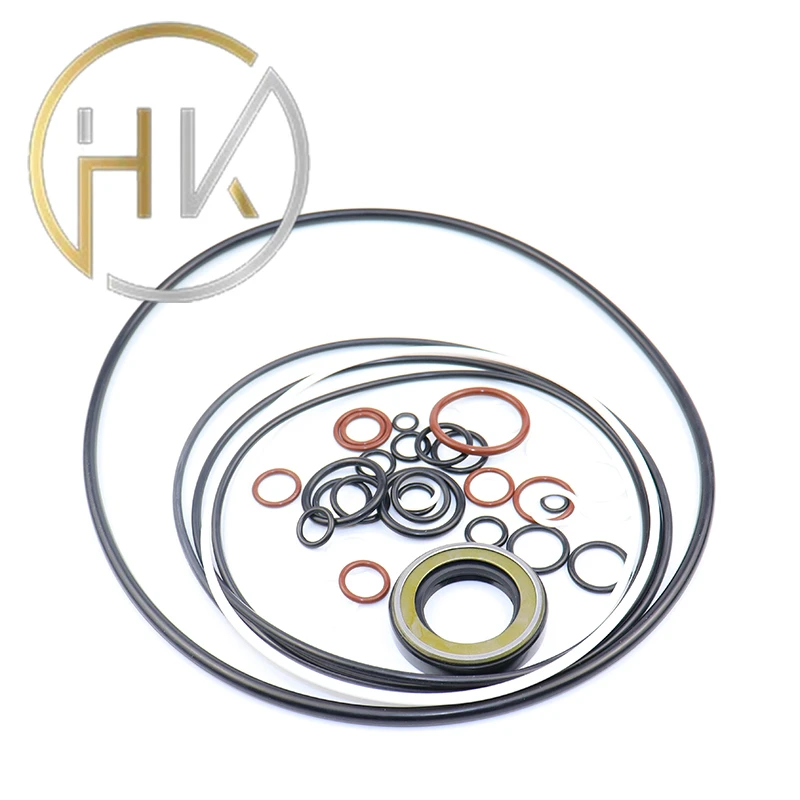Oct . 11, 2024 07:12 Back to list
replacing seals in a hydraulic cylinder
Replacing Seals in a Hydraulic Cylinder A Comprehensive Guide
Hydraulic cylinders are essential components in many industrial and mobile applications, allowing for the controlled movement of machinery and equipment. Over time, the seals within these cylinders can wear out, leading to leaks and reduced efficiency. Replacing seals in a hydraulic cylinder is a task that, while challenging, can extend the life of the equipment and maintain optimal performance. This article provides a step-by-step guide on how to replace these seals effectively.
Understanding the Importance of Seals
Seals play a crucial role in hydraulic cylinders by preventing fluid leaks and ensuring that the pressure is maintained within the system. They also protect internal components from contamination, which can cause wear and damage. Common seal types include O-rings, U-cups, and wipers, each designed to handle specific pressures and conditions.
Tools and Materials Needed
Before starting the seal replacement process, gather the following tools and materials
1. Tools Wrenches, pliers, screwdrivers, a hydraulic seal installation tool, a torque wrench, and a seal puller. 2. Materials Replacement seal kit, hydraulic oil, cleaning solvent, and rags.
Step-by-Step Replacement Process
1. Disassemble the Cylinder Begin by disconnecting the hydraulic cylinder from the equipment. This may involve detaching hoses and mounting brackets. Make sure to relieve any hydraulic pressure before proceeding to avoid accidents.
replacing seals in a hydraulic cylinder

2. Remove the Cylinder from Service Once disconnected, place the cylinder on a clean, flat surface. Remove the end caps and any retaining clips or bolts that hold the cylinder together.
3. Extract the Old Seals Carefully remove the old seals using a seal puller or a flat screwdriver. Be cautious not to damage the cylinder’s surfaces, as this can lead to leaks even with new seals.
4. Clean the Cylinder Thoroughly clean the internal surfaces of the cylinder with a cleaning solvent. Remove all debris, dirt, and residue from the prior hydraulic fluid. Ensuring a clean environment is critical for the longevity of the new seals.
5. Inspect for Damage Examine the cylinder components, including the piston and rod, for any signs of wear or damage. If any components are damaged, it's advisable to replace them before installing the new seals.
6. Install the New Seals Begin replacing the seals by carefully installing the new seals from the kit. Use a seal installation tool to ensure they are seated evenly and correctly to prevent future leaks. Pay close attention to the orientation of the seals as specified in the manufacturer’s guidelines.
7. Reassemble the Cylinder After installing the new seals, reassemble the cylinder by screwing the end caps back on, securing them with the required bolts and clips. Make sure to follow the torque specifications provided by the manufacturer to avoid over-tightening.
8. Reconnect and Test Reattach the hydraulic cylinder to the machinery. Refill the hydraulic system with the appropriate oil and bleed the air from the lines. Test the cylinder under low pressure to ensure there are no leaks and that it operates smoothly.
Conclusion
Replacing seals in a hydraulic cylinder is a vital maintenance task that requires attention to detail and proper tools. By following this guide, you can effectively replace your hydraulic cylinder seals, ensuring that your equipment operates efficiently and reliably. Regular maintenance, including seal replacement, can save significant costs by preventing breakdowns and extending the life of your hydraulic systems.
-
TCN Oil Seal Metal Ring Reinforcement for Heavy Machinery
NewsJul.25,2025
-
Rotary Lip Seal Spring-Loaded Design for High-Speed Applications
NewsJul.25,2025
-
Hydraulic Cylinder Seals Polyurethane Material for High-Impact Jobs
NewsJul.25,2025
-
High Pressure Oil Seal Polyurethane Coating Wear Resistance
NewsJul.25,2025
-
Dust Proof Seal Double Lip Design for Construction Equipment
NewsJul.25,2025
-
Hub Seal Polyurethane Wear Resistance in Agricultural Vehicles
NewsJul.25,2025
-
The Trans-formative Journey of Wheel Hub Oil Seals
NewsJun.06,2025
Products categories
















